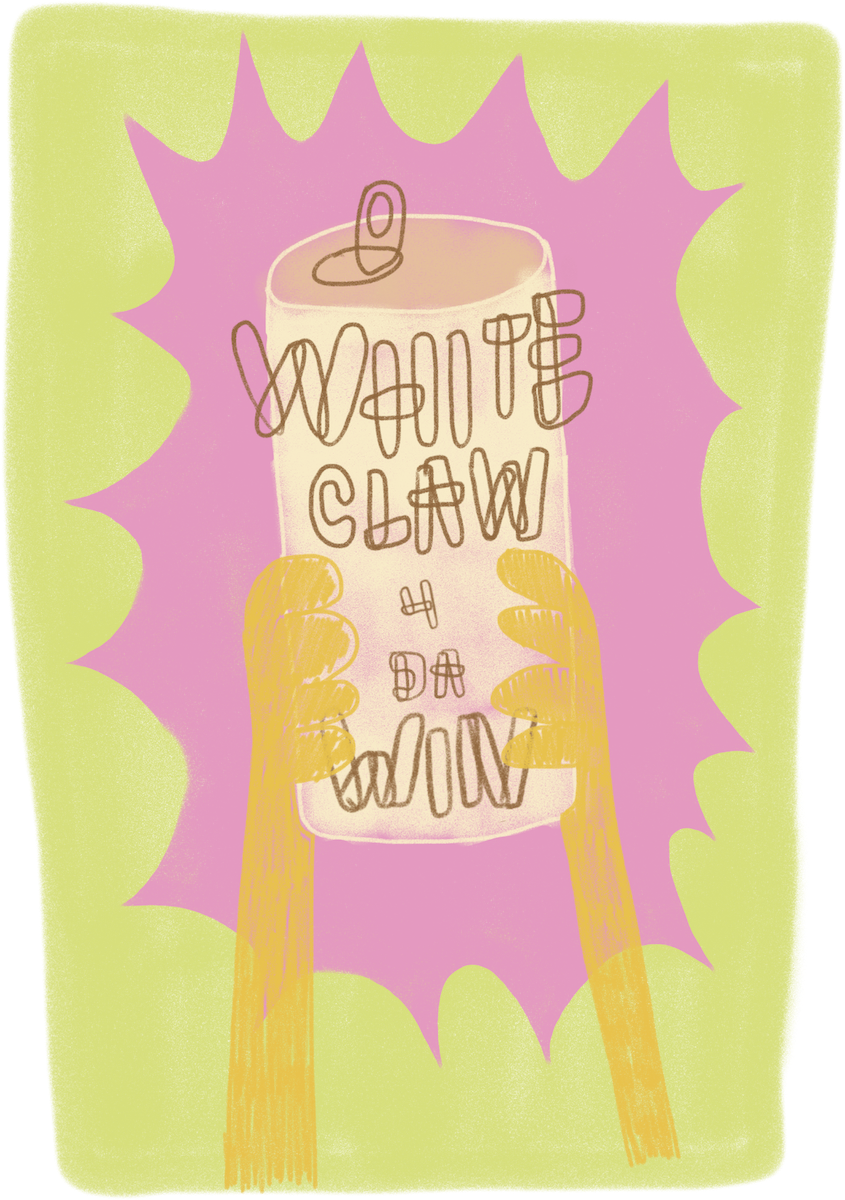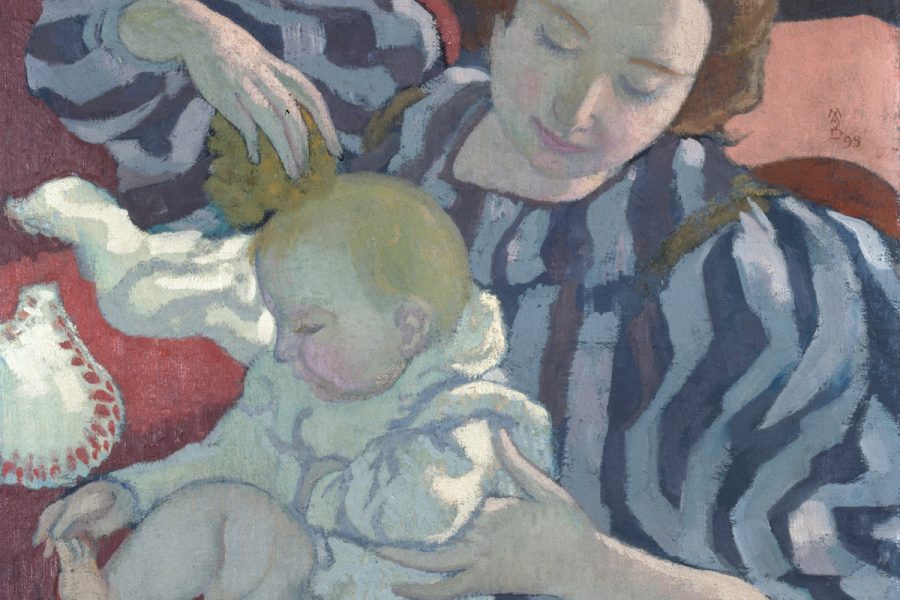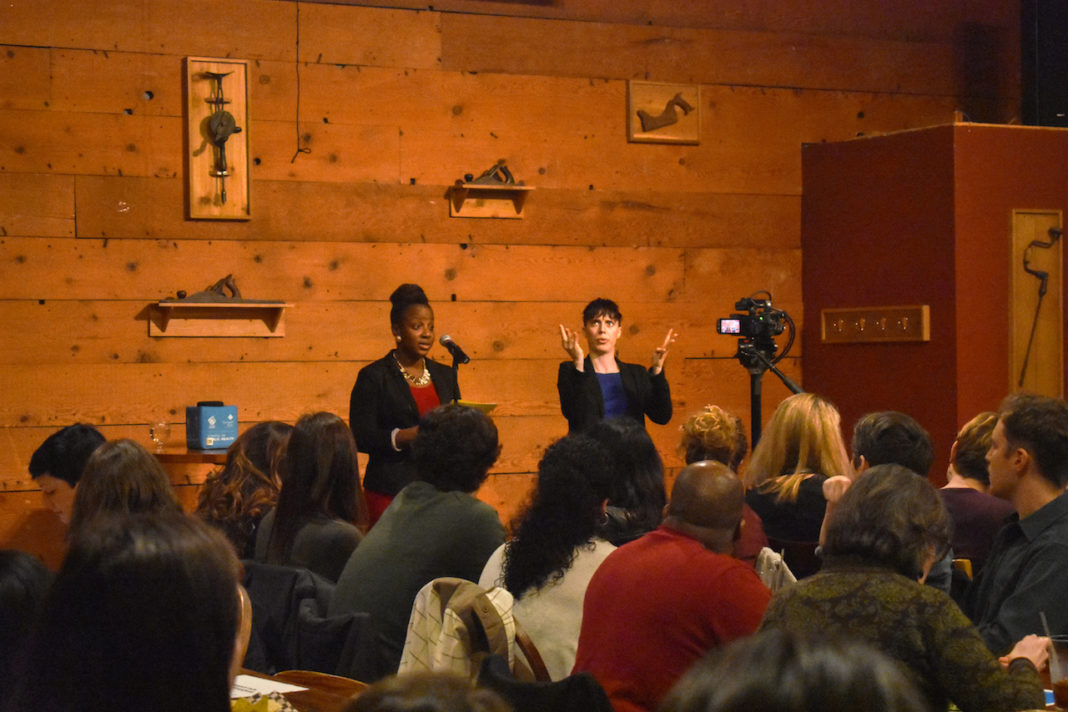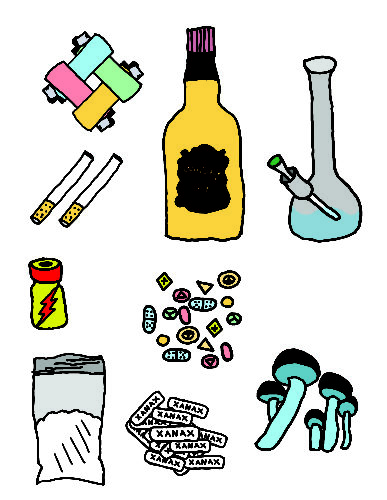When Adam Milne released his debut batch of craft hard seltzer, he didn’t completely know what to expect. The Portland-based brewer and owner of Old Town Brewing had been working with his team more or less in secret as they tried their hand at seltzer brewing, frequently with equipment normally used to make beer.
For Milne and his team at Old Town Brewery, the beverage line, called Upper Left Seltzers, was a first, as the brewery had never produced a craft seltzer before. The final result was a light, fizzy seltzer that came in two offbeat flavors: key lime pie and cotton candy.
“We didn’t know how the public would view our product,” Milne said. “We were kind of in a bubble. We were trying to keep it under wraps to make sure it’d make a big splash, so really, we tasted it, our friends tasted it. Would it be a flop? We didn’t know.”
The moment of truth arrived a few weeks later, when the drink was exhibited at Portland’s Seltzerland festival, where it earned itself second place in the audience favorite category. Upper Left Seltzer is now sold in several local grocery chains and Winco stores along the West Coast. The question is, will stories like Milne’s become a regular occurrence?
It’s no secret that hard seltzer has enjoyed a surge in popularity over the last few years. National brands like White Claw and Smirnoff have been aggressively marketing their product towards a younger market niche—with surprising success.
In a 2019 study of college students’ alcohol preferences, hard seltzer ranked second place, before beer. And, since 2019, overall sales growth for seltzers has exploded, with a 70% increase in 2020, and a total sales revenue of $4.3 billion.
While growth is starting to slow in 2021, sales still increased by 31%, a sign that the hard seltzer market can hold onto its current gains. These figures show an emerging beverage category that’s hit stores across the country—and Portland is no exception.
According to Celeste Varner, assistant manager of beer and wine at Portland grocery chain Zupan’s, hard seltzers made up less than 1% of total department sales, until 2019.
“Over the course of 2019, and definitely fully into 2020, and we’re seeing now in 2021, they’re like 10% of our department sales,” Varner said.
Currently, most of the seltzer lines dominating the market are produced by national or global brands like White Claw or Smirnoff. As craft brewers like Milne started looking at the market niche, ideas started brewing.
“A lot of these seltzers that people buy are national brands,” Milne said. “We’re thinking that there’s room for somebody who’s more of a craft seltzer company, but at this point it’s a pretty small market share that Oregon seltzer companies have.”
Many of the current hard seltzer offerings that have made it onto the market are from established beer brewers, such as Milne’s Old Town Brewing or Pacific Seltzer, which is produced by Ninkasi Brewery. Whether or not more craft breweries will jump into the market remains to be seen. One of the deciding factors will be whether the drink can be tweaked and reinvented enough to stand out in a crowded market.
“It just doesn’t have the same diversity of styles as you can do with beers,” Varner said. Still, she concedes that local craft brewers have found ways to create innovative offerings within the format.
“I’ve seen that more in some of the craft people,” Varner said. “They just don’t want to make another version of White Claw, they want to make something unique and amazing.”
Milne is optimistic. “We think with just any beverage, people will prefer something that’s made on a smaller scale, that’s fresh, that’s local,” he said.
If Milne is right, and more craft breweries decide to cash in on locally produced seltzer, what kinds of barriers to entering the market can they expect? As it turns out, surprisingly few. Much of the equipment used to brew beer is also used to brew seltzer. With a few one-time capital upgrades for additional equipment, a beer brewery could transition to producing seltzers instead.
“A lot of the process is similar,” Varner said, “I see a lot of craft brewers talk about [how] they’ll brew a batch of hard seltzers almost just for fun, just for themselves. And I think that’s how some of these [craft seltzers] got started.”
In Varner’s opinion, if hard seltzer is to stick around as a market niche, brewers will have to retain this innovative spark in order to keep producing original variations. Whether or not the demand for seltzers will encourage craft brewers to join the market remains to be seen, but the shared equipment requirements between beer and seltzer make a transition into seltzer an accessible option for many brewers.
Only time will tell if the local seltzer lineup will expand in Portland, or even the rest of the country, but until then, watch the grocery shelves—something new might be brewing.






